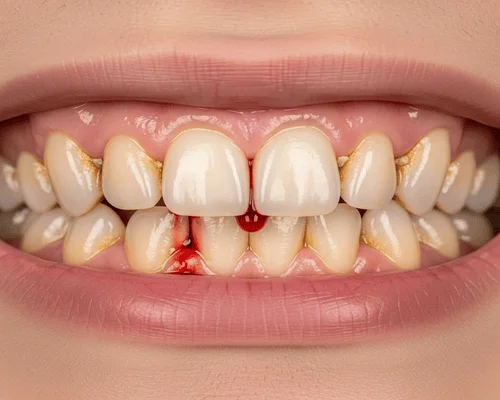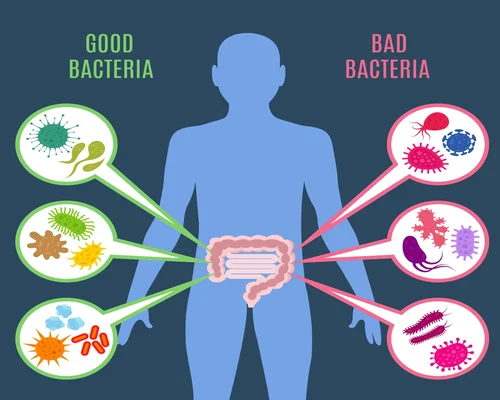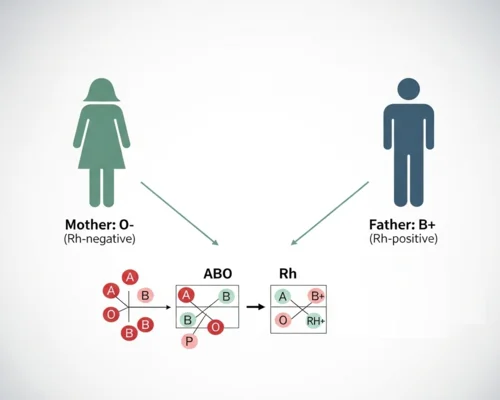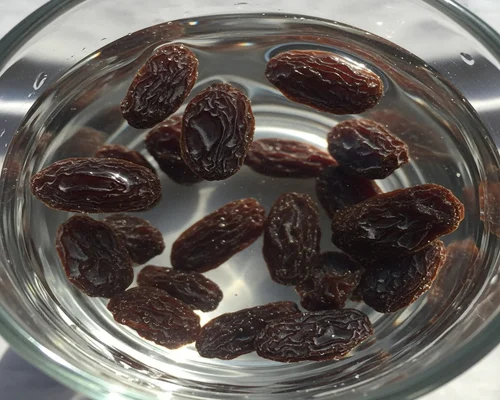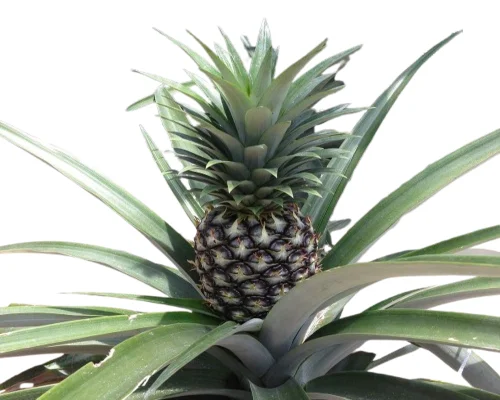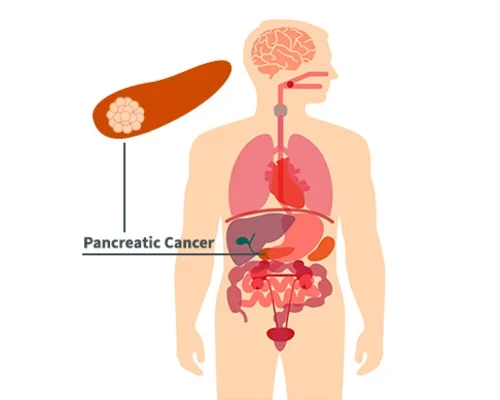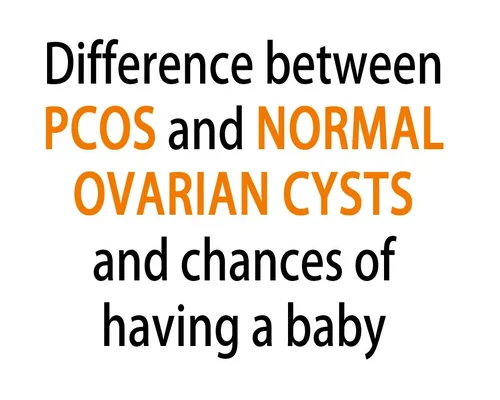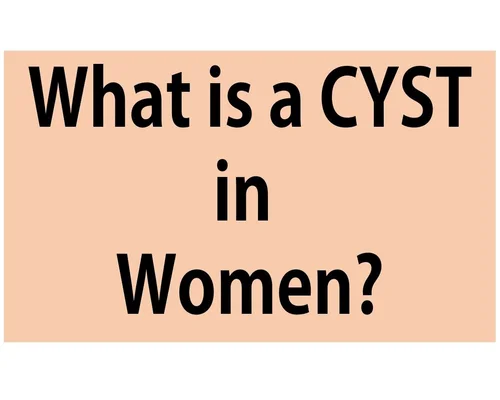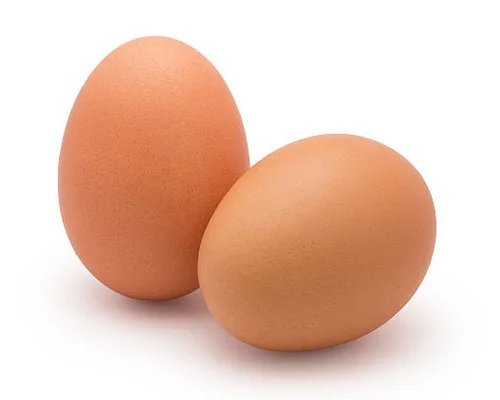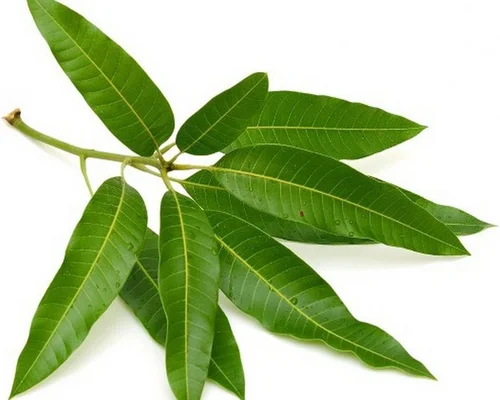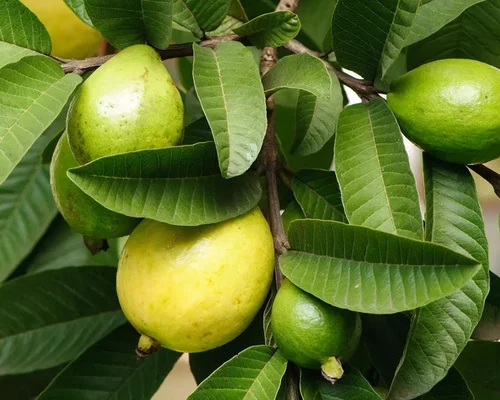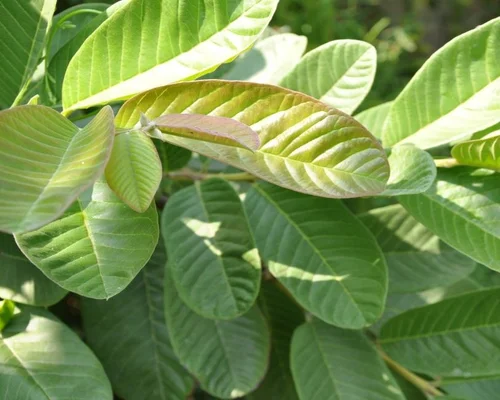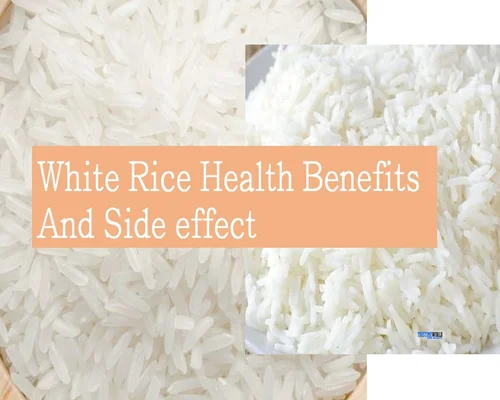
White Rice Health Benefits and Side effect
White Rice Benefits and Harms
White Rice: White rice is made by breaking and polishing the paddy. Although we usually eat white rice every day, the nutritional value of this rice is low. It also takes less time to cook.
White rice is one of the most abundant food items, and is known as a nutritious food worldwide. White rice may contain some unhealthy ingredients, but it can help you achieve many nutritional benefits:
Benefits:
Health Benefits of White Rice
White rice, although often criticized for its processing that removes its outer layers, still offers several health benefits. Here are some positive aspects of eating white rice:
Rich in energy: White rice is a good source of carbohydrates, which are the body primary source of energy. Carbohydrates are broken down into glucose, which provides quick and easily accessible fuel for the body and brain.
Low in fat and cholesterol: White rice is naturally low in fat and contains no cholesterol. This makes it a healthy food, as a diet low in saturated and trans fats can contribute to better cardiovascular health.
Gluten-free: White rice is naturally gluten-free, making it a perfect option for people with gluten sensitivity or celiac disease.
Easily digestible: Processing white rice removes the brown and germ layers, making it easier for some people to digest than brown rice or other whole grains. It can be beneficial for people with digestive problems.
Source of Vitamins and Minerals: Although brown rice is generally considered more nutritious due to its higher fiber and nutrient content, white rice contains some essential vitamins and minerals. It also provides small amounts of B vitamins, such as thiamin and niacin, and minerals such as iron and magnesium.
Versatility in Cooking: White rice is versatile and can be paired with a variety of dishes. It serves as a staple in many cuisines around the world and can be used in both savory and sweet dishes.
It is important to note that while white rice has its benefits, it lacks fiber and some nutrients found in brown rice and other whole grains. Therefore, a balanced and varied diet that includes a mix of whole grains, fruits, vegetables, protein and healthy fats is essential for overall health.
Rich in nutrients: White rice is a good source of carbohydrates, known to be a major source of energy. It contains nutrients like vitamin A, vitamin B, folate, iron and omega-6 fatty acids.
Energy source: White rice has many calories and can be a heavy source of energy. It can help provide energy.
Disadvantages:
Health Side Effects of White Rice
White rice can be a part of a healthy diet when eaten in moderation, but it also has some potential drawbacks. Here are some health side effects associated with eating white rice:
Less nutrients: Processing white rice removes the bran and germ layers, which also removes many essential nutrients found in the whole grain. White rice lacks the fiber, vitamins and minerals found in brown rice and other whole grains.
High glycemic index: White rice has a high glycemic index (GI), meaning it can cause a rapid spike in blood sugar levels when eaten.
Foods with a high GI can lead to a rapid energy spike followed by a rapid decline, which can leave you feeling hungry and may not be suitable for diabetics or those trying to control blood sugar levels.
Limited fiber content: White rice is lower in dietary fiber than brown rice and other whole grains. Fiber is essential for digestive health, and a diet lacking in fiber can contribute to constipation and other digestive problems.
Association with metabolic conditions: Some studies have suggested a link between high white rice intake and an increased risk of metabolic conditions such as type 2 diabetes. This may be related to the effects of white rice on blood sugar levels and insulin resistance.
Potential Arsenic Content: Rice, including white rice, may contain traces of arsenic, which occurs naturally in the environment. Long-term exposure to high levels of arsenic can cause adverse health effects.
Loss of nutrients during preparation: White rice is often made with chowder, which can cause loss of nutrients along with the mucus. It has been scientifically proven that chowder can damage the skin and is not healthy for a healthy person.
Breeding benefits if needed: If white rice is used as a preparation, golden chowder breeding may experience conditions during preparation, which may impair fertility.
Problems with eating heavy carbohydrates: White rice can contain carbohydrates, which can be a problem for heavy carbohydrate consumers, especially those with diabetes or prediabetes.
It is important to remember that all foods can contain different ingredients and maintain a healthy dietary level. It is important to note that while white rice has these potential drawbacks, it can still be part of a balanced diet when eaten in moderation and in combination with a variety of other nutrient-dense foods.


-vegetable.webp)
